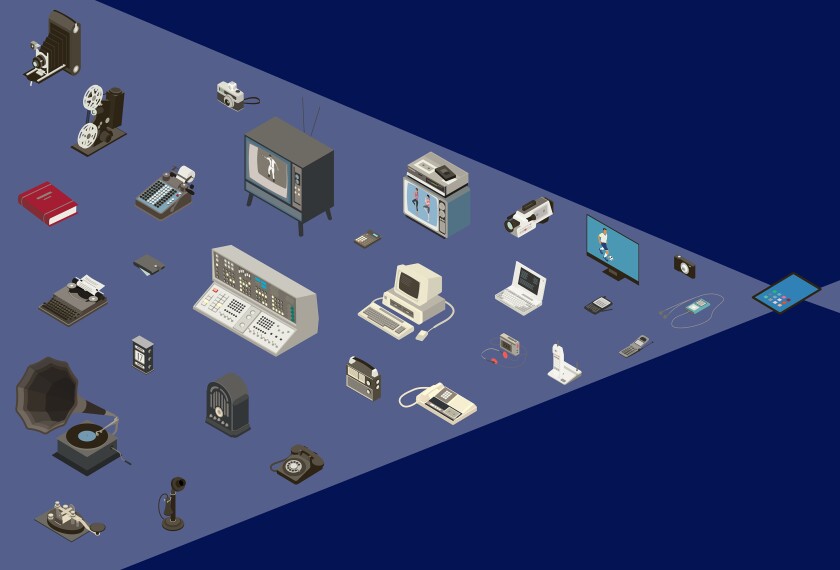Student mental health and behavioral issues have become a major drain on district resources in California’s San Mateo county in recent years—a troubling trend that administrators in the district believe is rooted in students’ overuse of social media.
After trying other fixes, such as hiring more mental health support staff in schools, the county school district decided to take a drastic step to get the attention of lawmakers and major social media companies, said Nancy Magee, the county’s superintendent of schools, a role that oversees 23 local school districts south of San Francisco.
The district sued the companies that own Snapchat, TikTok, and YouTube last year, alleging that they design highly addictive products that are harming its students’ mental health. San Mateo is among more than 200 school districts across the country to do so. Meta, which owns Instagram and Facebook, is also a defendant in many of those lawsuits.
For their part, the social media companies counter that they continue to take robust measures to protect young people on their platforms and discourage overuse.
Magee spoke with Education Week to discuss the unique challenges social media creates for schools and her concerns that technology is outpacing the regulation needed to keep young people safe.
This conversation has been edited for length and clarity.

You said social media has been a drain on your schools. How so?
We’re understaffed in schools in America. We don’t have enough adults on campus to really support the needs of students. And these complex needs are so much more different than when I entered the classroom to teach 35 years ago. It’s a completely different landscape because [students are] just sadder. They’re just more anxious.
They’re involved in this whole other digital universe that didn’t exist 35 years ago. And it’s invisible. The teacher can’t really see it. Being a teenager is a time of upheaval and major growth. Some people may say drama, but it’s exacerbated to the nth degree by the power of the social media platforms, because where you might pass a note in the old days to a friend and say something mean, now all of a sudden, if you do that online, the entire school or school district sees it.
I’m talking about the complexity that the digital world presents to us. I welcome and embrace technology for learning. But the tools are accessible before society is able to manage it. Everybody’s talking about AI and all the unintended consequences and impacts of that. We don’t even have an idea of what that is, so we don’t know how to make laws or how to create social behavior norms around that. The same is true for social media platforms.
The mental health crisis for young people is real. Social media plays a significant role in that. It’s not the sole driver of it, but certainly is a huge impact.
If social media is not the sole driver of the mental health crisis, what else is driving it?
I think there is a thread that runs under all of it.
We’re overwhelmed with instantaneous information. Kids can basically learn about anything they want to, which you would think is a good thing. But, [for example], a lot of kids are very, very upset about the climate of the planet.
Something that they’re worried about suddenly is in their face constantly. Whereas when we were kids, we could be worried about something, but we had to wait until the evening news. Or the newspaper would come in the morning and we overhear mom and dad talking about it. We’d be a little bit nervous, but then it would kind of just go away. But today, it’s just constantly there.
It’s ever present. It’s overwhelming. It’s also immediately accessible.
We have to live with social media. But what you’re saying with your lawsuit is: ‘We can’t do it alone. We need help.’ Right?
The lawsuit is really attacking the algorithms that are being utilized on these platforms purposely to keep kids online longer, as long as possible, and to send them down the next rabbit hole, which taps directly into the addiction chemicals in their brains, and then they find that they can’t stop.
Oftentimes, the answer to challenges in the world is education. And we do need to be investing more in the education of kids in their media literacy and their critical thinking skills and in monitoring their own mental health. But I think that the social media companies should have some accountability in that.








